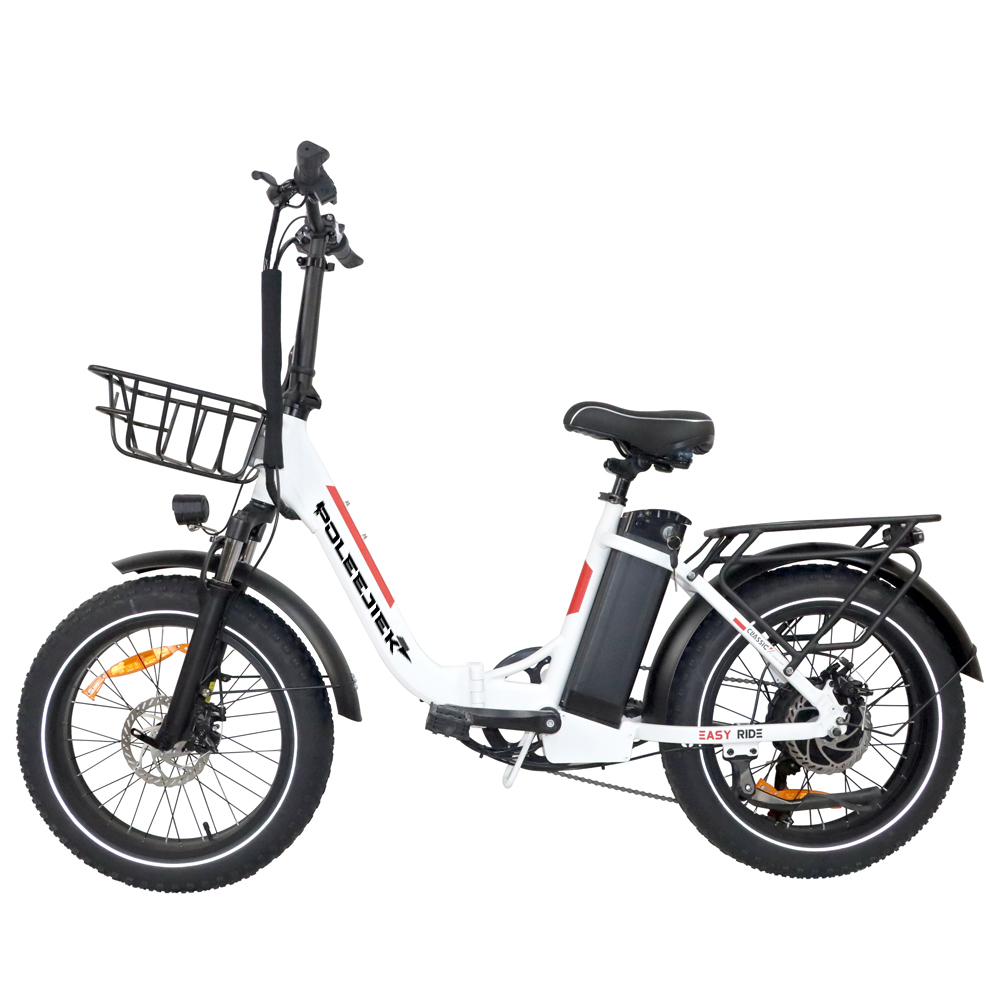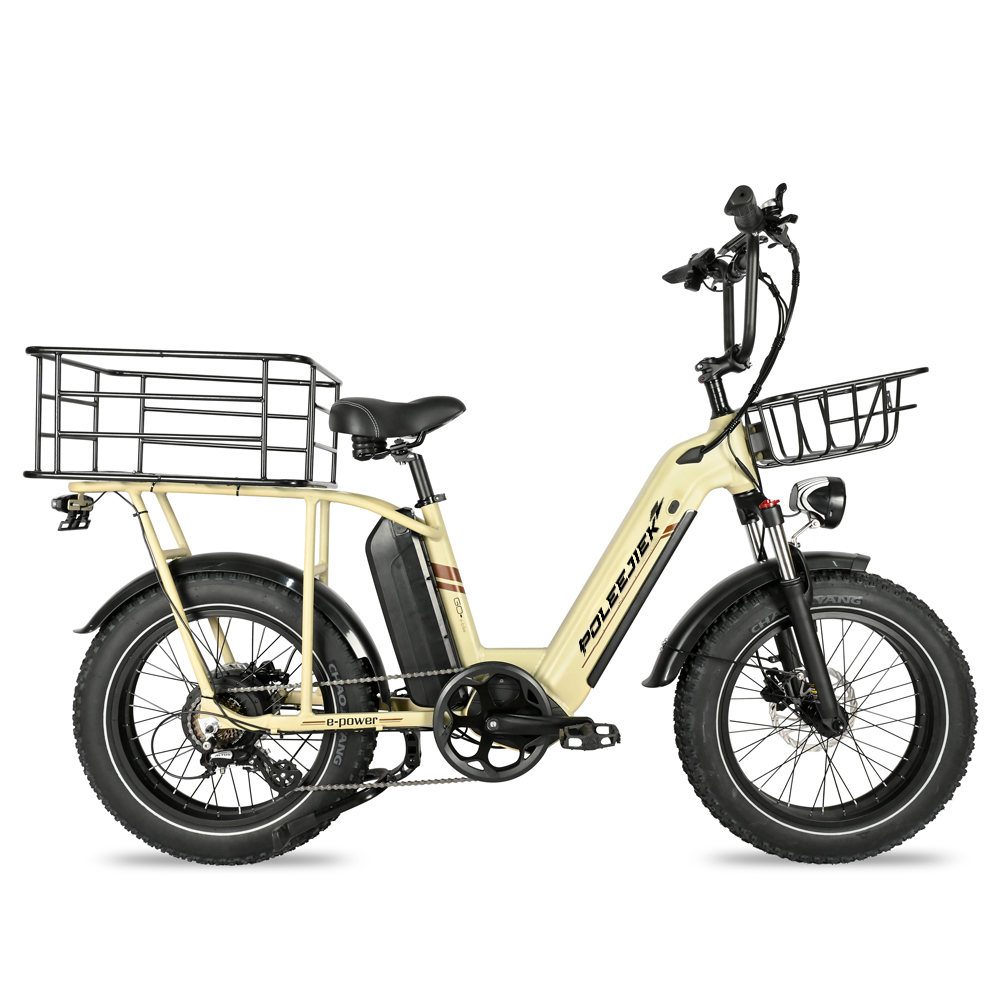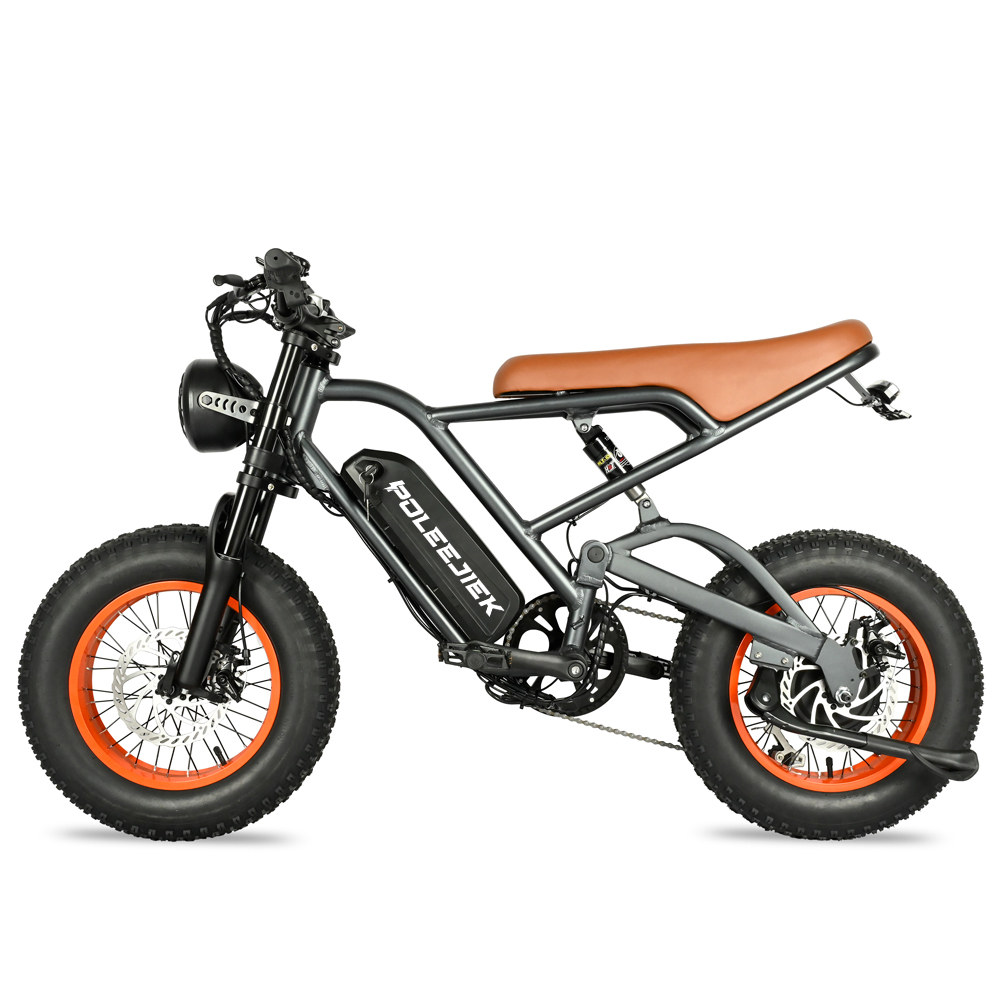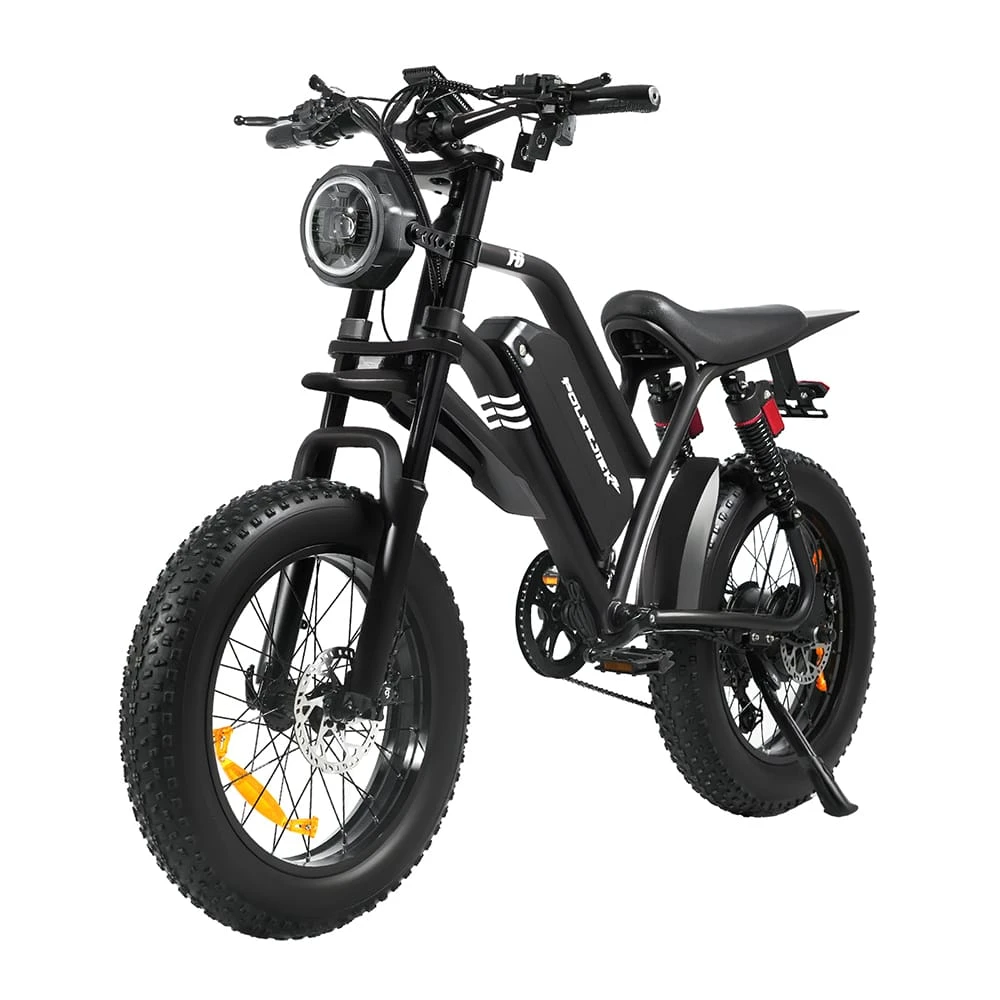Folding E-Bike Buying Guide : Are They Worth It? See the Data | POLEEJIEK
Folding e-bikes combine the convenience of a compact fold with the boost of an electric motor—ideal for urban riders, commuters, and anyone short on storage space. With urban mobility trends shifting towards sustainable, efficient transport, as noted in reports by major transportation authorities, the folding e-bike has become a critical tool. This guide explains the real-world benefits and trade-offs to help you decide if a Folding E-bike is the right investment for you.
Quick Takeaways
- Ultimate Portability: Solves the "last mile" problem. Easy to store in apartments, carry on public transit, and tuck away at the office.
- Eco-Friendly Commute: A zero tailpipe emissions vehicle that helps reduce your urban carbon footprint and traffic congestion.
- Conquer Hills & Distance: Pedal-assist turns daunting hills and long commutes into manageable, sweat-free journeys.
- Significant Cost Savings: Drastically lower daily running costs compared to a car, saving you money on fuel, parking, and insurance.
- Accessible Fitness: Lowers the barrier to entry for new cyclists and allows experienced riders to extend their mileage with less joint stress.
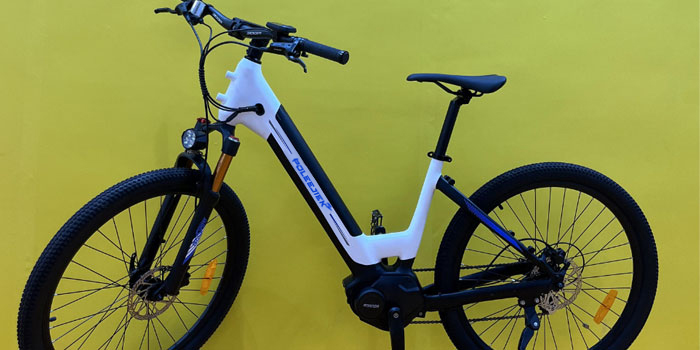
Why Riders Choose Folding E-Bikes
1. Ultimate Portability for Modern Urban Life
A Folding Electric Bicycle is the master of tight spaces. It fits into elevators, car trunks, and under desks with ease. For multi-modal commuters, its ability to be carried onto a subway, bus, or train is a game-changer.
Real-World Impact: Sarah's Commute Transformation
"My daily commute involved a 15-minute walk to the subway, a 20-minute train ride, and another 10-minute walk. With my POLEEJIEK CityFold, the walks are eliminated. My door-to-door time dropped from 45 minutes to just 25. It's given me back over 3 hours of my life every week." - Sarah L., Urban Planner
2. Cleaner, Quieter, and More Sustainable Commuting
E-bikes produce zero tailpipe emissions and take up a fraction of the space of a car, helping to decongest traffic. If sustainability is a priority, a folding model is one of the most practical green transportation tools you can own.
3. Flatten Hills and Extend Your Range
Pedal-assist lets you ride farther with less fatigue—perfect for hilly cities or daily commutes of 10–20 km. You arrive at your destination feeling energized, not exhausted, which makes sticking to a cycling routine much easier.
4. Cost Savings in Action: A Yearly Commute Breakdown
While the upfront cost of an e-bike is a factor, the long-term savings are substantial. Consider this sample annual cost comparison for a 10km daily commute:
| Expense Category | Average Car (Annual) | Folding E-Bike (Annual) |
|---|---|---|
| Fuel / Electricity | ~$1,200 | ~$30 |
| Parking | ~$1,500 (City Avg.) | $0 |
| Insurance & Registration | ~$1,000 | ~$120 (Optional Rider Insurance) |
| Maintenance | ~$500 | ~$150 |
| Total Estimated Annual Cost | ~$4,200 | ~$300 |
*Cost estimates are illustrative and will vary based on location, vehicle, and usage.
What to Consider Before You Buy
- Budget & Value: A Foldable E-bike can cost more than a non-electric folder. Balance the initial investment against your expected daily transport savings using the table above as a guide.
- Range Requirements: Battery capacity (in Watt-hours) and motor power determine range. If you have a long commute, a higher-capacity battery reduces charging frequency and "range anxiety."
- Maintenance & Support: Folding mechanisms and electrical systems add complexity. Choose a brand with clear warranties, readily available parts, and responsive support to ensure long-term reliability.
Folding E-Bike Feature Snapshot
| Use Case | Recommended Motor | Battery (Capacity) | Typical Range* | Why It Fits |
|---|---|---|---|---|
| Short city hops (5–10 km) | Rear hub 350–500W | ~480-576 Wh (48V 10–12Ah) | 30–50 km | Lightweight, affordable, easy for daily carrying. |
| Mixed commute (10–20 km, some hills) | Rear hub 500–750W | ~576-720 Wh (48V 12–15Ah) | 50–80 km | Stronger hill assist and fewer charges per week. |
| Longer rides (20–40 km, hilly) | Mid-drive / Strong rear hub 750W | ~720-960 Wh (48V 15–20Ah) | 70–100+ km | Maximum comfort, range, and hill-climbing performance. |
*Range estimates are based on a 165lb (75kg) rider on flat terrain using a medium assist level. Actual results will vary based on rider weight, terrain, wind, and assist level used.
How to Choose the Right Folding E-Bike
- Check Legal Classification: In the US, e-bikes fall into classes. Most folding e-bikes are Class 1 (pedal-assist only, up to 20 mph) or Class 2 (adds a throttle, up to 20 mph), making them legal on most bike paths. Verify local laws.
- Match Terrain & Distance: Use our table to pick a motor and battery that suit your daily route.
- Confirm Folded Size & Weight: Ensure it fits your trunk or office space and that you are comfortable carrying the weight up any necessary stairs.
- Prioritize Safety Features: Look for quality brakes (hydraulic disc brakes offer superior stopping power in all weather) and durable, puncture-resistant tires.
- Review Warranty & Service: A solid warranty of at least 1–2 years on the battery and motor is a strong indicator of quality and brand confidence.
Conclusion: A Worthwhile Investment for Urban Life
For urban dwellers, commuters, and anyone with limited space, a folding e-bike is absolutely worth it. The blend of portability, pedal assistance, low running costs, and eco-friendly transport makes it a powerful tool for modern city living.
About the Author
This guide was written by the POLEEJIEK Urban Mobility Team. As designers and daily e-bike commuters, we combine our engineering expertise with real-world city riding experience to provide practical, honest advice to help you find the perfect ride.



